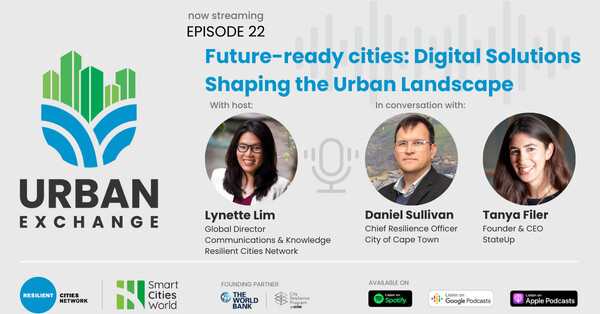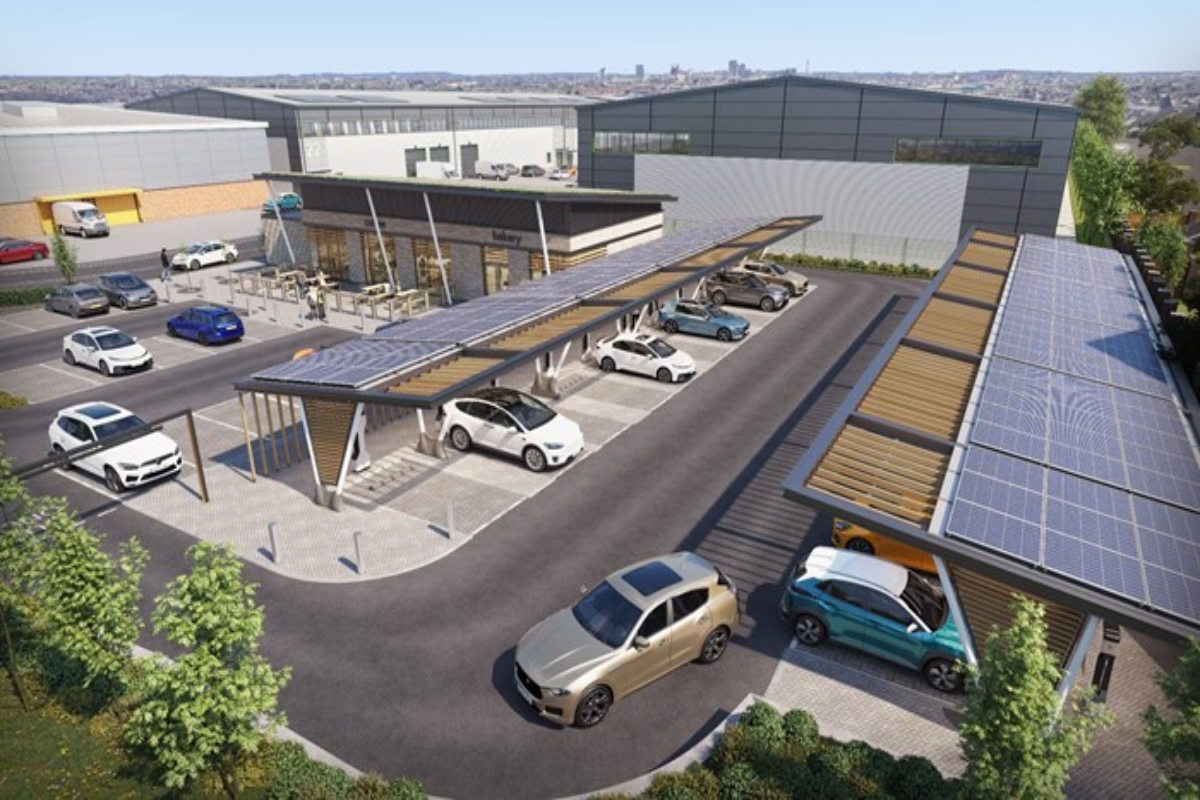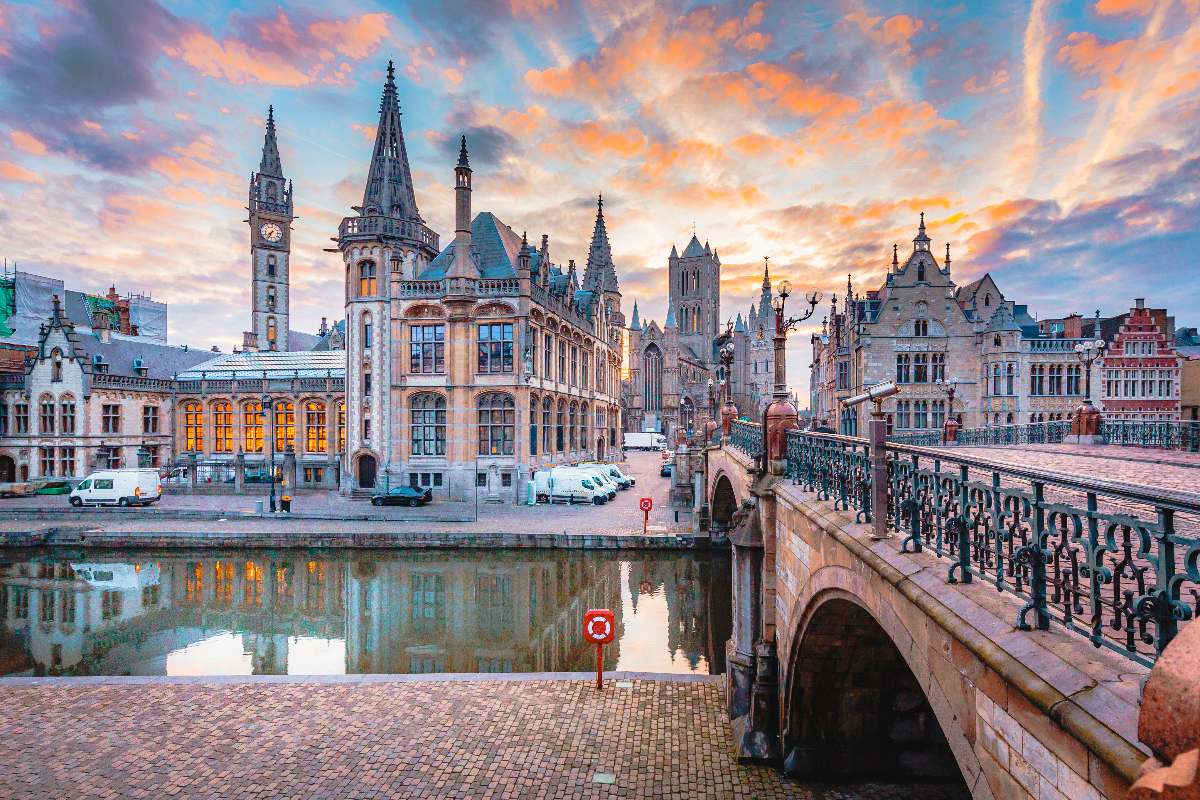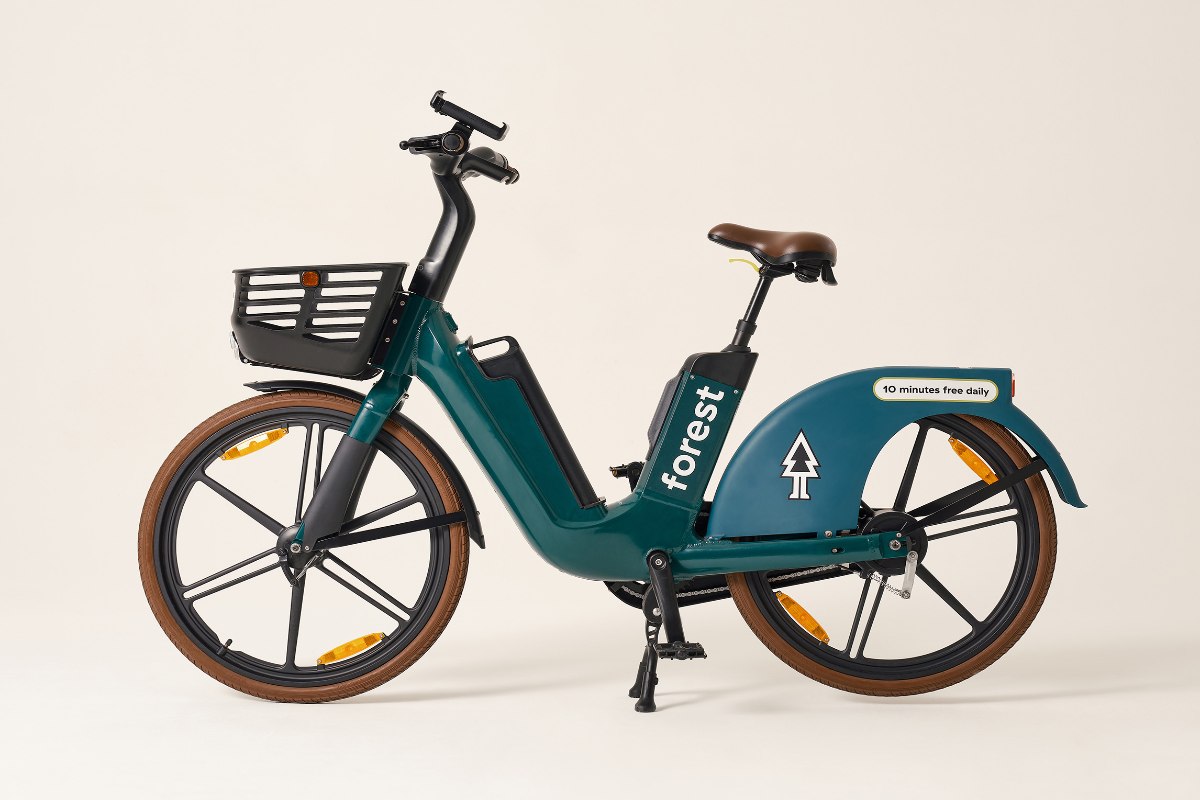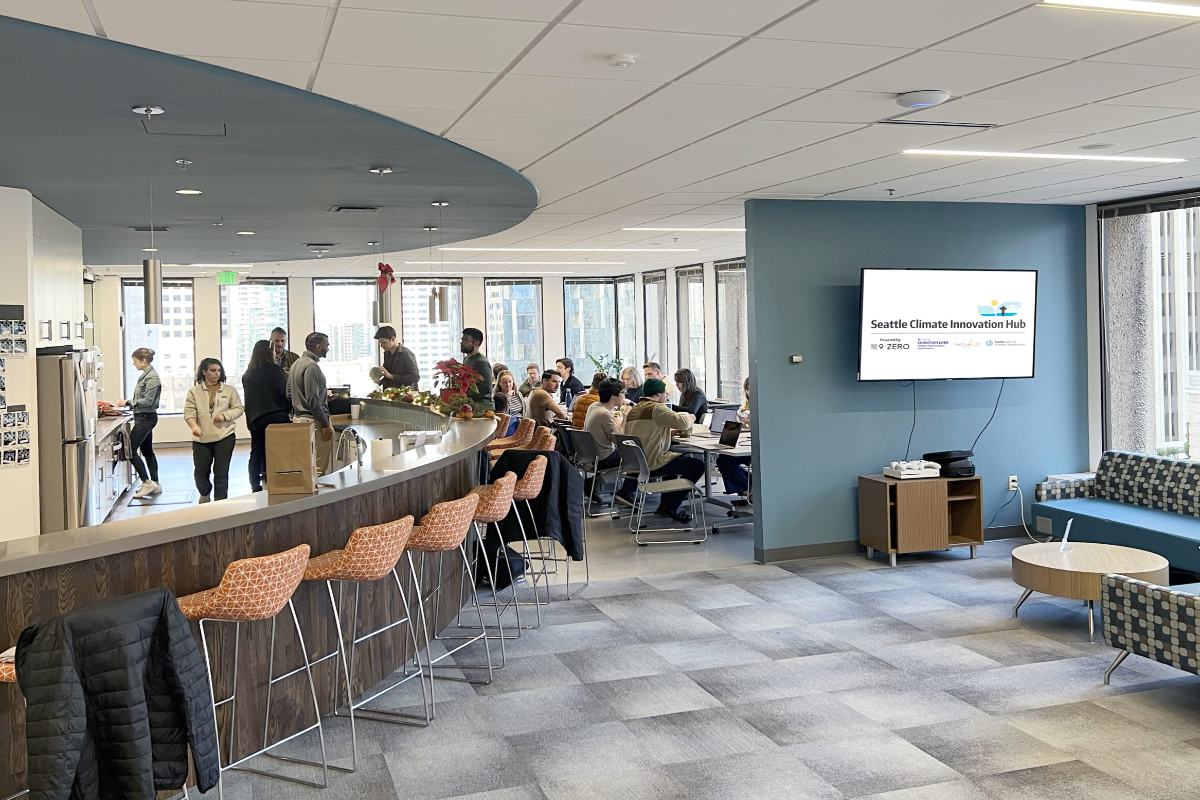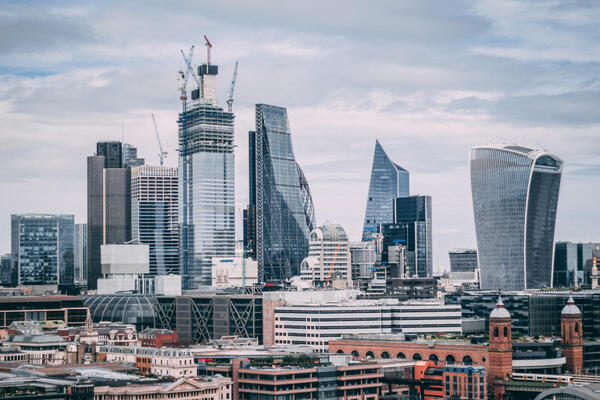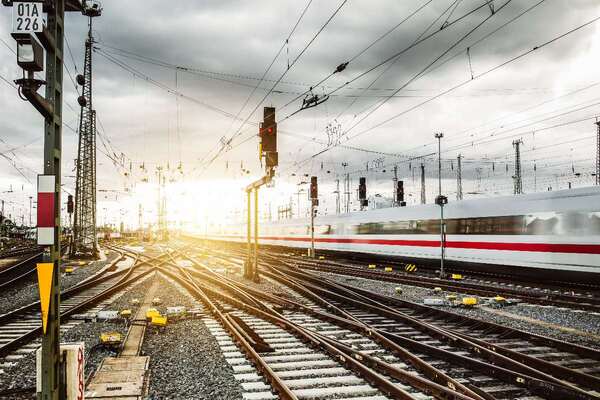Special Reports
SusHi Tech Tokyo 2024: experience ‘Tokyo 2050’ todaySponsored by The SusHi Tech Tokyo 2024 Showcase Program Executive Committee
London Mayor shares “proven results” on air quality
NO2 exceedances fell dramatically but many sites still recorded PM2.5 levels above the recommended limit.
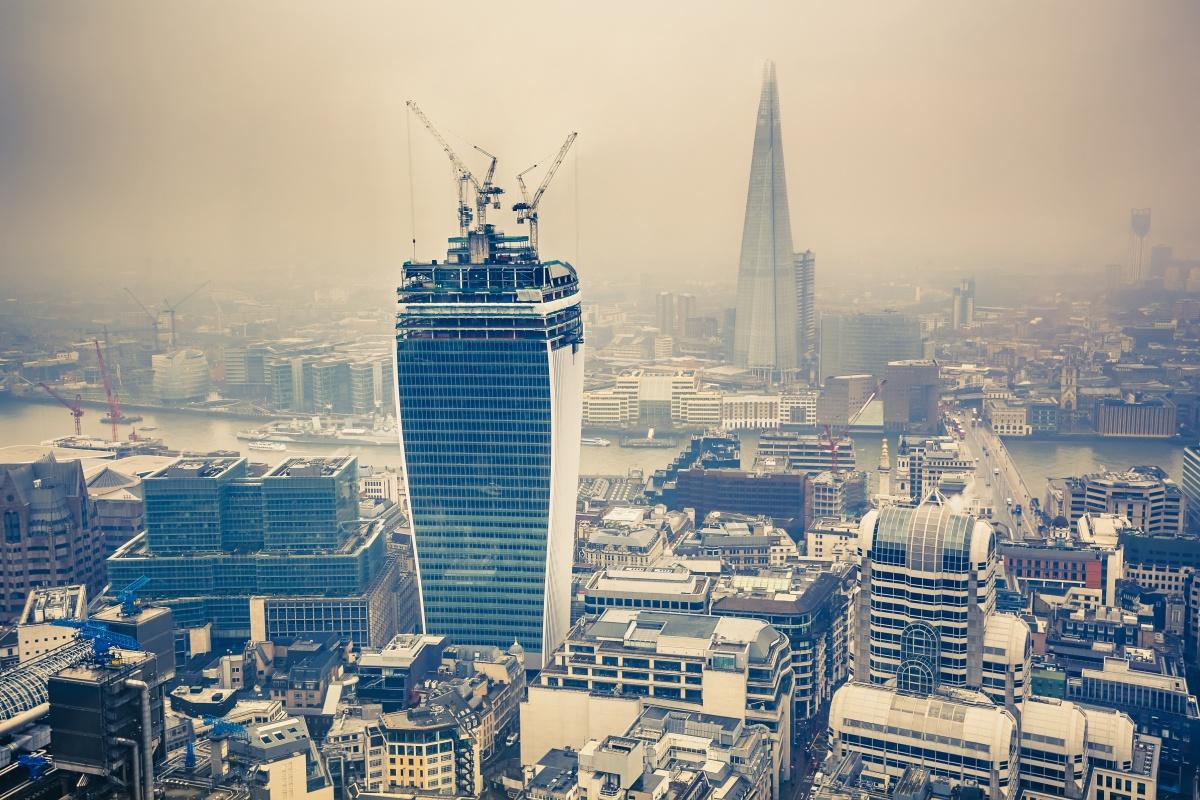
London’s Mayor, Sadiq Khan, has released new air quality data for London, tracking progress from 2016 to date since his cleaner air policies were implemented.
Improvements have been registered in levels of nitrogen dioxide (NO2), a gas which can contribute to respiratory issues, but fine particulate matter pollution remains a serious problem.
97 per cent fall in NO2 exceedances
The figures show that during 2019, London’s air exceeded the hourly legal limit for NO2 for just over 100 hours, compared to 4,000 hours in 2016 – a reduction of 97 per cent. Between 2004 and 2017 London breached the EU-permitted number of exceedances for NO2 within the first week of the year. In 2019, only one site breached and this did not occur until July.
Every monitoring site in the capital recorded a reduction in annual average NO2 levels between 2016 and 2019, with an average fall of 21 per cent across the city.
London’s air quality is constantly monitored at over 120 different locations.
London’s air quality is constantly monitored at over 120 different locations. Air quality improvement measures implemented since 2016 have included planting more than 280,000 trees; introducing the world’s first Ultra Low Emission Zone; launching 12 Low Emission Bus Zones; installing more than 1,500 EV charging points; and ceasing to issue licences for diesel taxis.
The Mayor hailed the effectiveness of Low Emission Bus Zones in reducing NO2 – these are areas where only buses that meet European emission standards can operate. On Oxford Street in Westminster, for example, NO2 exceeded legal limits for 168 hours in 2016. In 2019, monitors did not record a single hour above legal limits. However, Oxford Street surpassed the annual average legal limit, meaning further action is needed.
Khan said: “Toxic air is a national health crisis contributing to thousands of premature deaths every year. I have taken bold action in London with measures such as the world’s first Ultra Low Emission Zone and Low Emission Bus Zones, and it’s undeniable that these are making a difference to the air we breathe.
“We’re doing all we can in the capital, with proven results, so there are no excuses left for the Government’s failure to match our levels of ambition.”
Particulate matter
The new report also covers particulate matter. Exposure to airborne particles can affect both the lungs and heart, with fine PM2.5 thought to be the air pollutant which has the greatest impact on health and mortality.
In 2016, four monitoring sites breached the 24-hour legal limit for PM10. This reduced to one in 2019.
The Mayor of London’s report notes that less data is available for PM2.5 as there are fewer sites and more issues with data capture. The report finds that in 2016 there were 995 recorded exceedances of the 24-hour limit value for PM2.5 and in 2019, this reduced to 802. Over 80 per cent of monitoring sites with sufficient data capture in 2019 recorded levels of PM2.5 above the World Health Organization recommended limit.
In 2016, four monitoring sites breached the 24-hour legal limit for PM10. This reduced to one in 2019.
Separate data from Public Health England (PHE), based on computer-modelled estimates, finds that in 2018, 6.6 per cent of all deaths in the London region were attributable to PM 2.5, up from 6.5 per cent in 2017.
Khan noted that in London, more action is needed to address non-transport sources of PM2.5, such as construction and wood burning, which the Mayor does not control.
Alongside other cities, London has signed a C40 Cities pledged to meet World Health Organization Air Quality Guidelines by 2030, including PM2.5.
Newham takes action
According to PHE’s data, Newham rated worst among local authorities in the country, with 7.3 per cent of deaths attributable to PM2.5. In November, the borough published a 25-point action plan to address poor air quality, including measures to reduce the amount of pollution created by vehicles. Earlier this month, the council pledged to address parking as a priority, including introducing emissions-based vehicle charging bands for permits and increasing parking charges.
You might also like:







